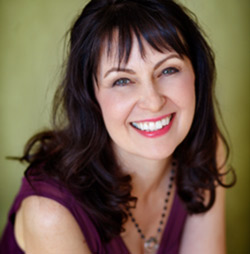Unseen, unheard. Staying out of school. Exiled from restaurants, parties, sports. Daily getting fearful reports from the front lines. Waiting for it all to be over.
No, I’m not talking about society during Covid19. This was life in Apartment 30-B. I wasn’t given an explanation of my mother’s mental illness, but what I did hear was a constant litany of bad things about to strike: cancer, robbery, disease, suffocation, kidnapping, accidents, murder.
The one thing that calmed my system was a small supply of paper, a pencil, and markers. I read, wrote, and illustrated stories. It was as if I could create a magical trap door, leading out of Apartment 30-B and into a space of hope. When I picked up my Dixon Ticonderoga, I touched possibility. I found respite from the craziness.
And then at age 12, I was brought into a new home, where parents didn’t forecast a terrible future, day after day. I was free from the contagion of fear. And at last I could express myself to others. But the early days had brought a lifetime lesson.
Creativity and panic don’t co-exist. In any given moment, one must dominate.
If I choose creating, it makes way for feelings and experiences other than raw fear. Even if I start with unease or worry or pure dread–this is perfectly good. I can tell a story, draw a picture, doodle into a different thought.
When we choose creating, we’re building rather than defending. This helps hope to thrive, as well as creative strategies for managing crisis.
My writing coaching client and soon-to-be-author, Marianne Wakerlin, sent this note today:
“Much to my delight, I have been able to get a lot of writing done. Not all of it new stories or renditions of old ones. I skip around a lot. I’ve made writing the book my quarantine event so my day revolves around being productive. Skipping around to different stories keeps me from getting stuck. I also change location, spending the majority of my time on the computer but also taking a clipboard out to the deck or the living room couch. My writing endurance has increased remarkably.”
You might not think this possible, but there is hope in any measure needed.
If you find yourself in Apartment 30-B, my heart goes out to you. And I wish upon you a notebook, a yellow number two pencil, and a pack of markers. Look for that trap door. It’s waiting for you.



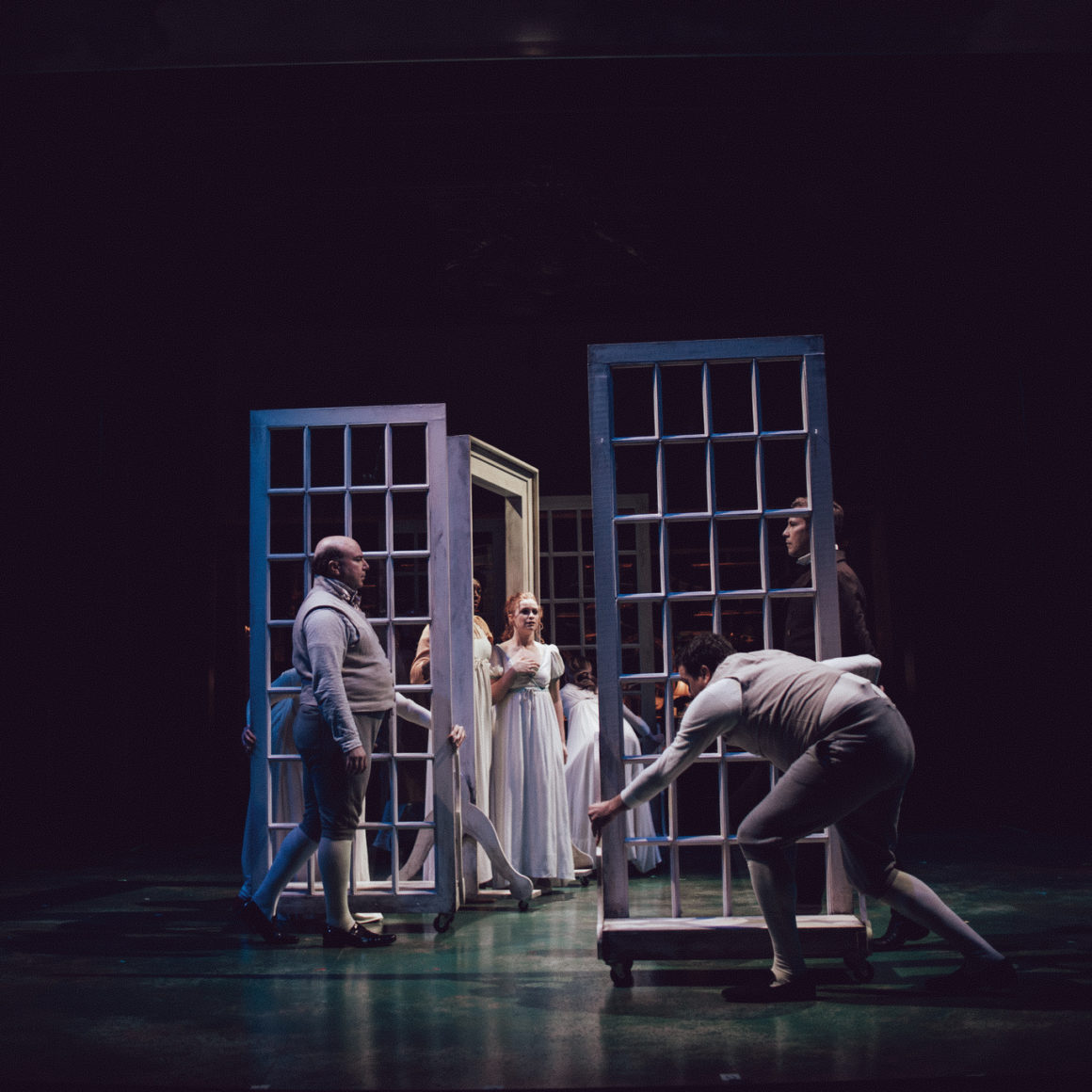 This play captivated me in a thousand ways. It was innovative, fresh, colorful, wacky, inspired and even obnoxious – yet it kept the core of the original story, without ever making fun of the ideals or timeless truth of what these characters were going through.
This play captivated me in a thousand ways. It was innovative, fresh, colorful, wacky, inspired and even obnoxious – yet it kept the core of the original story, without ever making fun of the ideals or timeless truth of what these characters were going through.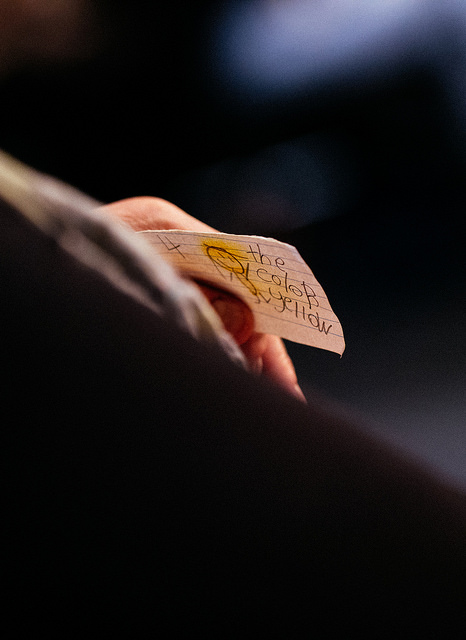 “Look with new eyes,” I tell the writers I coach. “See through the eyes of Dream Kid. Then write about what you see.”
“Look with new eyes,” I tell the writers I coach. “See through the eyes of Dream Kid. Then write about what you see.”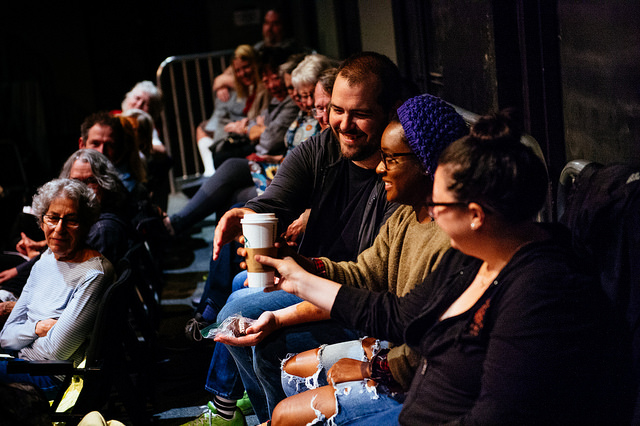

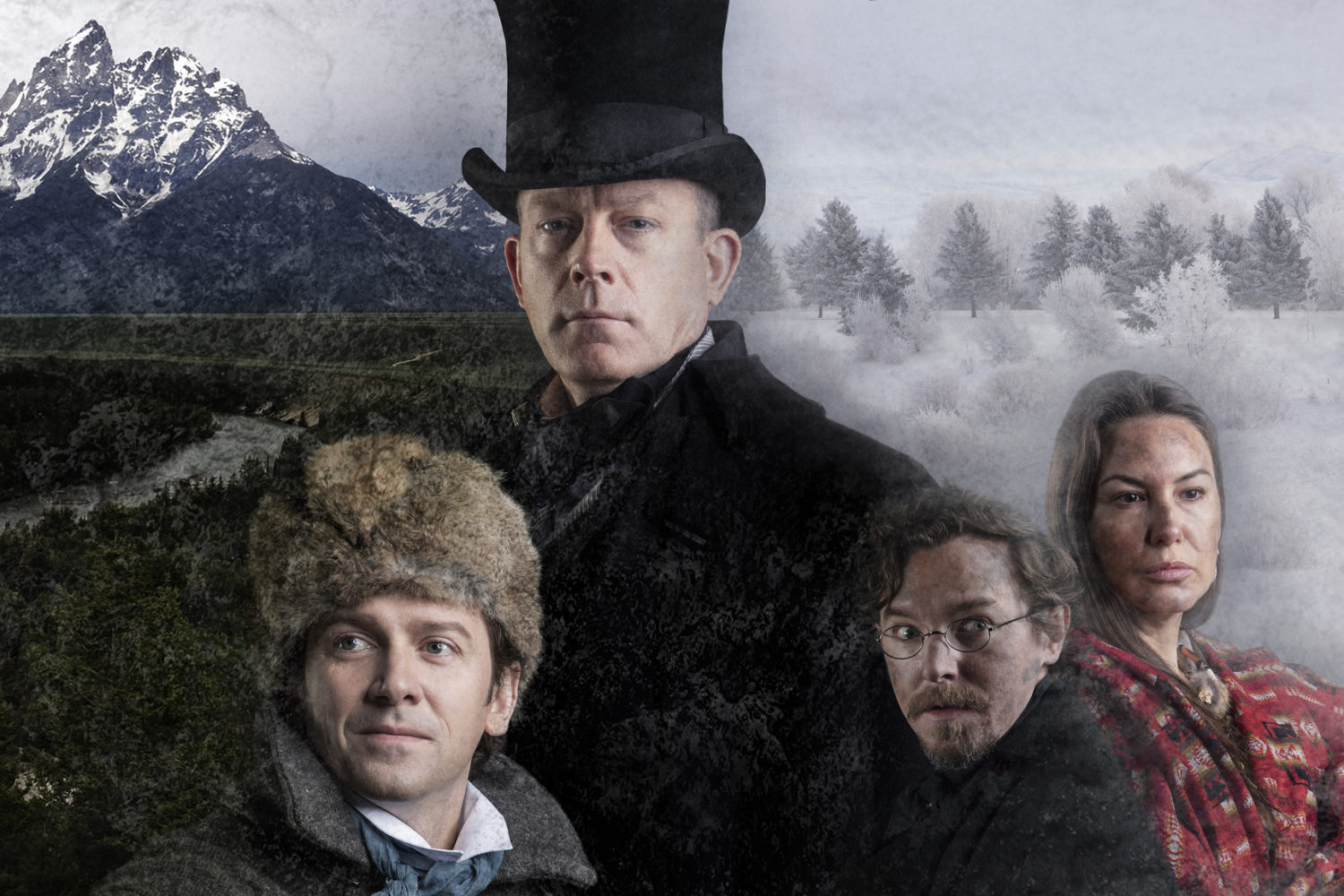
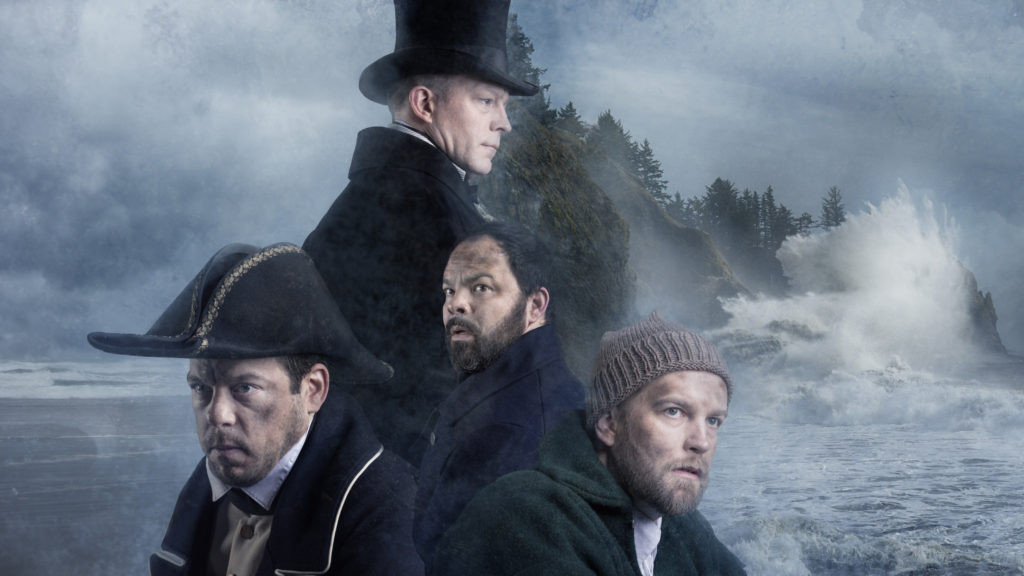


 In this way, climbing a mountain is meditation or prayer or dancing. Or public speaking or painting or singing. Intrusions and doubts swirl like mists obscuring a mountaintop. We learn they won’t last forever. We keep going.
In this way, climbing a mountain is meditation or prayer or dancing. Or public speaking or painting or singing. Intrusions and doubts swirl like mists obscuring a mountaintop. We learn they won’t last forever. We keep going.
 Every hour or so, I was learning a new material, throwing down new lines, making a discovery. It was intoxicating.
Every hour or so, I was learning a new material, throwing down new lines, making a discovery. It was intoxicating.

 Happy New Year . . . two weeks late. And right on time.
Happy New Year . . . two weeks late. And right on time.

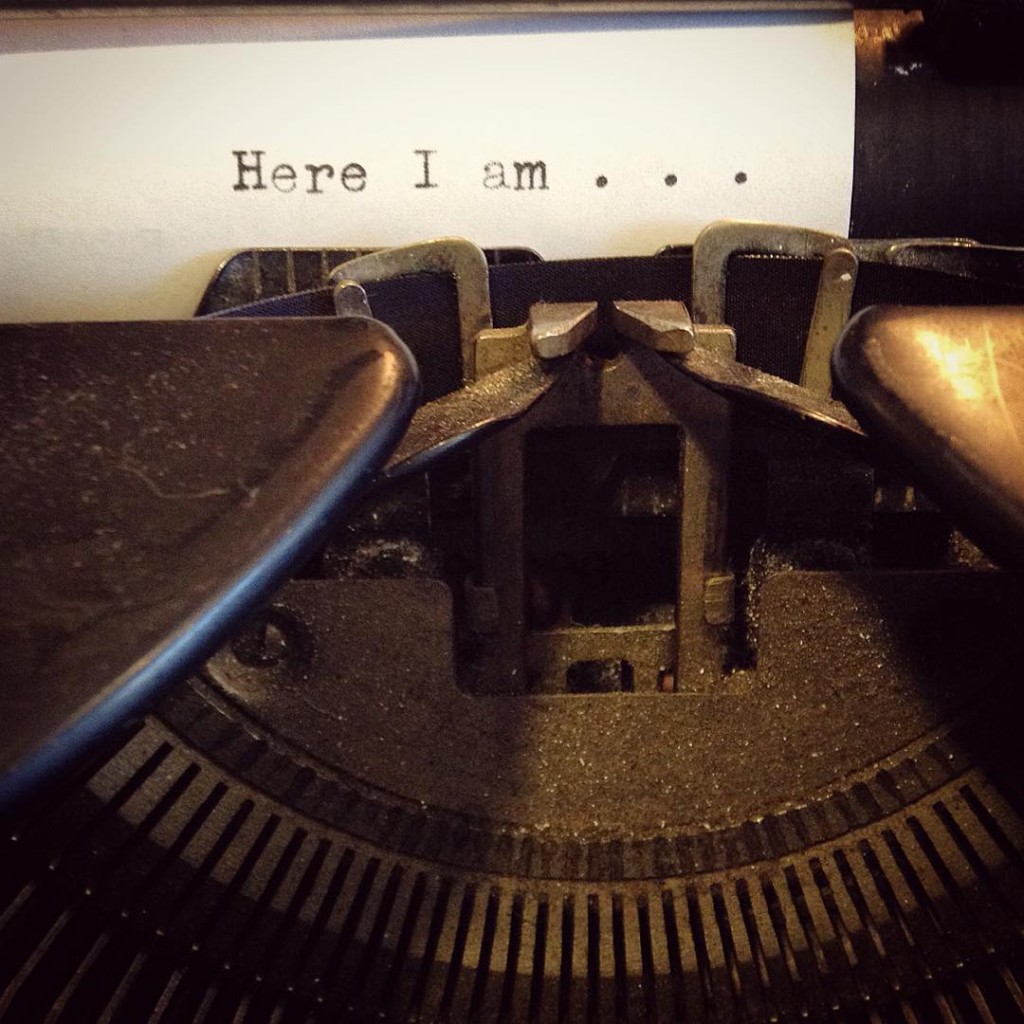
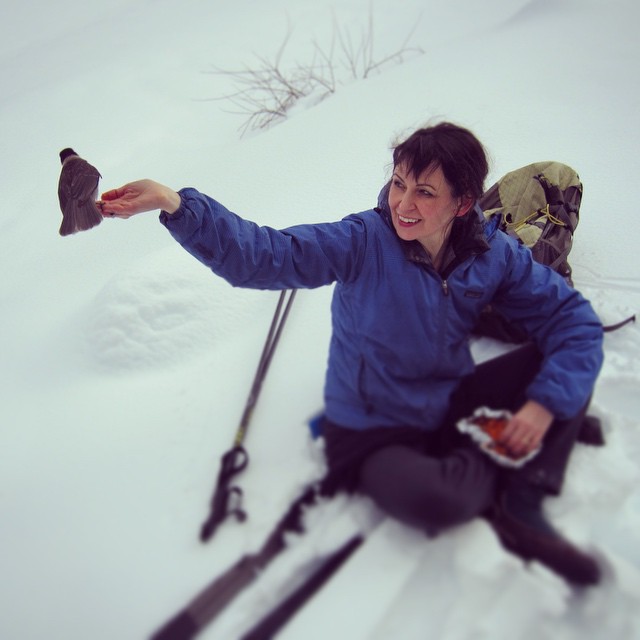






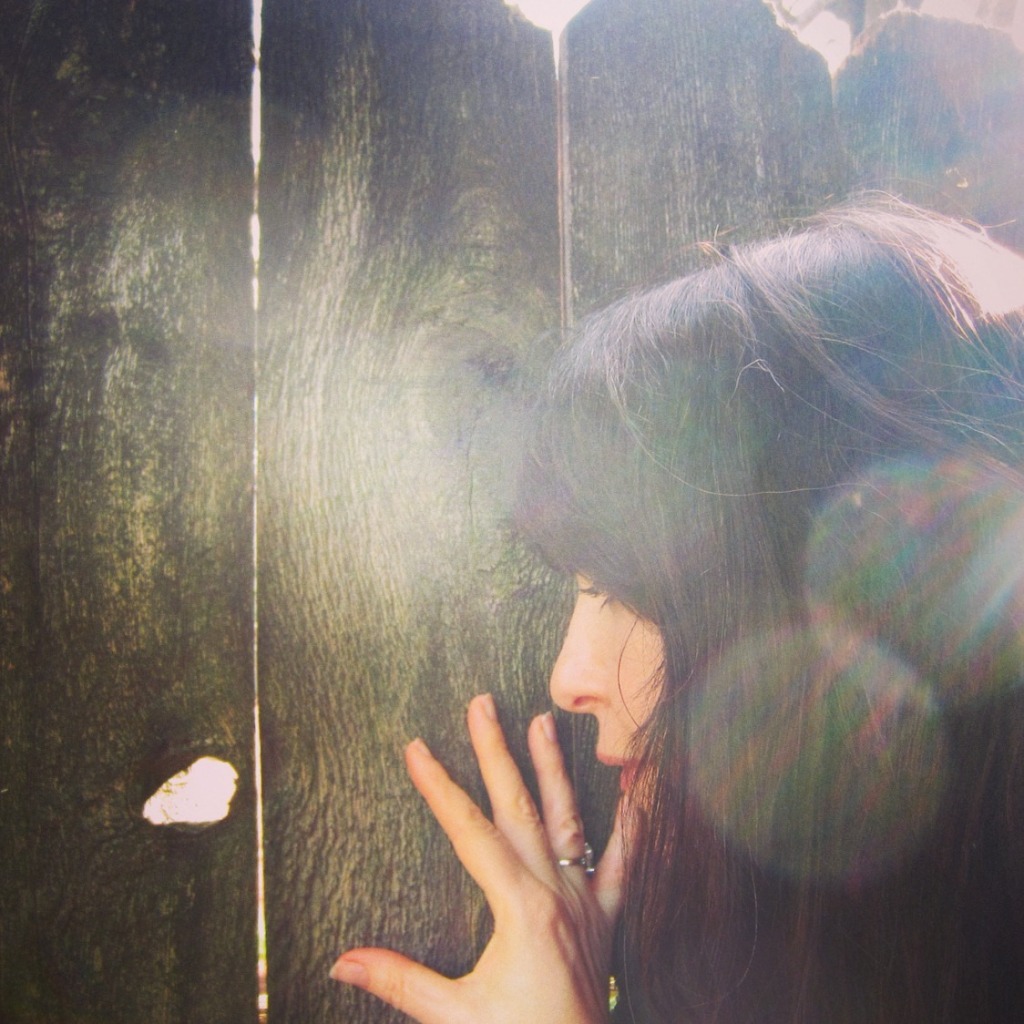 All the same, I’ve worked with Sam for a while, and he is a strong, courageous writer. I know he will take the time to investigate this paragraph. Precious years and intricate wisdom are here to be excavated. Perhaps three or four new pages will emerge.
All the same, I’ve worked with Sam for a while, and he is a strong, courageous writer. I know he will take the time to investigate this paragraph. Precious years and intricate wisdom are here to be excavated. Perhaps three or four new pages will emerge.